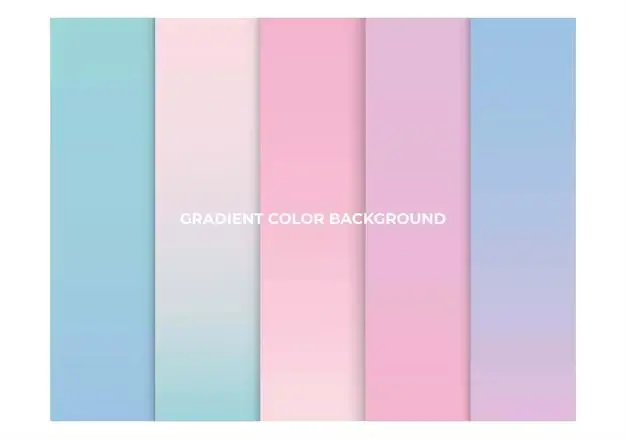Feminine colors refer to colors that are traditionally associated with women and girls. These colors tend to be softer, lighter, and more delicate than colors considered masculine. Some common feminine colors include pink, purple, lavender, light blue, mint green, peach, and coral. The association between certain colors and femininity stems from gender stereotypes and cultural norms that developed over time. However, a color’s “femininity” is subjective and individuals may have differing opinions. Below we explore the origins of feminine color associations, cultural variations, and the shifting perceptions around feminine colors.
The Origins of Feminine Color Associations
In Western cultures, pink is the quintessential feminine color. However, this association only dates back to the early 20th century. Prior to that time, the color blue was actually more closely associated with girls. So how did pink become a feminine color? Here are some key events that shaped the feminine association of the color pink:
– In the 1920s, retailers began marketing pink nursery décor and clothing for girls. Marketers reinforced the association of pink with femininity in their advertisements and products.
– First Lady Mamie Eisenhower wore a pink gown to her husband’s 1953 inauguration. Her fashion choice further strengthened the link between pink and traditional femininity.
– Disney princess movies like Cinderella and Sleeping Beauty in the 1950s depicted the female protagonists wearing pink dresses, influencing views of the color.
While pink may be the most recognizable feminine color today, other pastel shades like lavender and peach have traditionally signaled femininity as well. Pastels are soft, delicate hues associated with flowers and springtime. Their paleness and serenity aligns with stereotypical views of female qualities like gentleness and daintiness. Darker, richer shades were linked with masculinity.
Cultural Variations in Feminine Color Meanings
While many Western cultures associate pink with femininity, these color connotations vary across the world. Here are some examples of how feminine color meanings differ by culture:
– In China, red is considered a bright, festive color associated with joy and good fortune. Chinese brides often wear red, making it a feminine color.
– In India, bridalwear and saris for women often feature rich red, green, and gold hues. These deeper shades signal vibrancy rather than delicacy in Indian culture.
– In Japan, pink is actually associated with masculinity, while white signals purity and femininity. Brides wear white kimonos and white face makeup.
– In Latin American culture, bold, vibrant colors like ruffles, citrus colors, and deep purples are considered feminine.
So a color considered dainty in America, like pink, may look masculine to someone from a different cultural background. Feminine color associations clearly developed according to the unique aesthetics and gender norms of various societies.
The Shifting Perceptions of Feminine Colors
As cultural understandings of gender evolve over time, the feminine association of colors changes too. Here are some ways that perceptions of feminine colors are shifting:
– Millennial pink became a trendy neutral. The pale hue moved from a strictly feminine shade to a genderless color popular in home décor and fashion.
– More women are embracing bold colors like red, black, and deep blues for power dressing. Darker colors are no longer strictly masculine.
– LGBTQ+ individuals may avoid colors with strong feminine or masculine connotations as an expression of their gender identity. More gender-neutral color palettes are emerging.
– Male celebrities like Harry Styles occasionally wear feminine colors and clothing as a statement against rigid gender rules.
In modern times, women have more freedom to embrace different color aesthetics regardless of traditional feminine associations. Individual expression is replacing gender stereotypes in how colors are perceived and worn.
Conclusion
Traditionally feminine colors rose from gender stereotypes and retail marketing tactics over the past century. Pink, lavender, peach and other delicate pastel shades became linked with daintiness and femininity. However, feminine color meanings are subjective and culturally relative. As gender norms evolve, more neutral and genderless color palettes are gaining popularity. Although color associations remain, individuals today have more freedom to select colors based on personal preference rather than societal expectations.
Here is an HTML table summarizing key feminine colors and their traditional associations:
| Color | Feminine Associations |
|---|---|
| Pink | Girls, sweetness, innocence |
| Lavender | Delicacy, elegance, spring |
| Mint green | Freshness, calmness |
| Peach | Warmth, vibrance |
| Light blue | Daintiness, tranquility |


